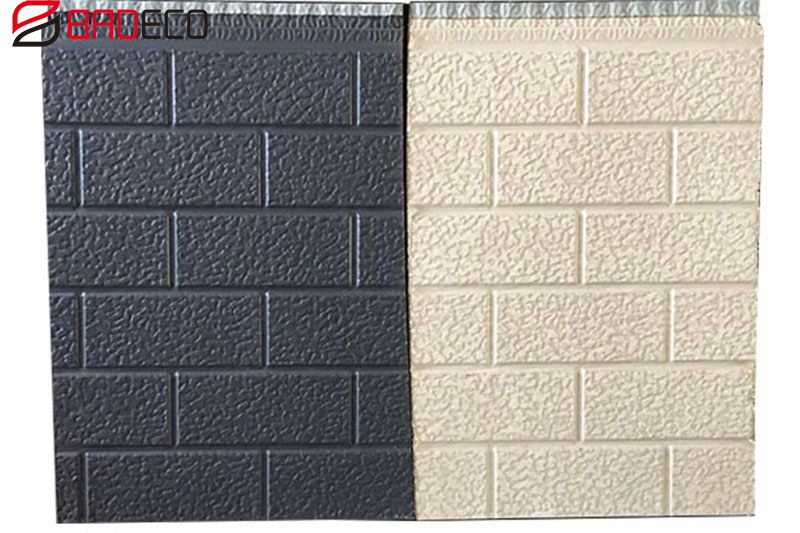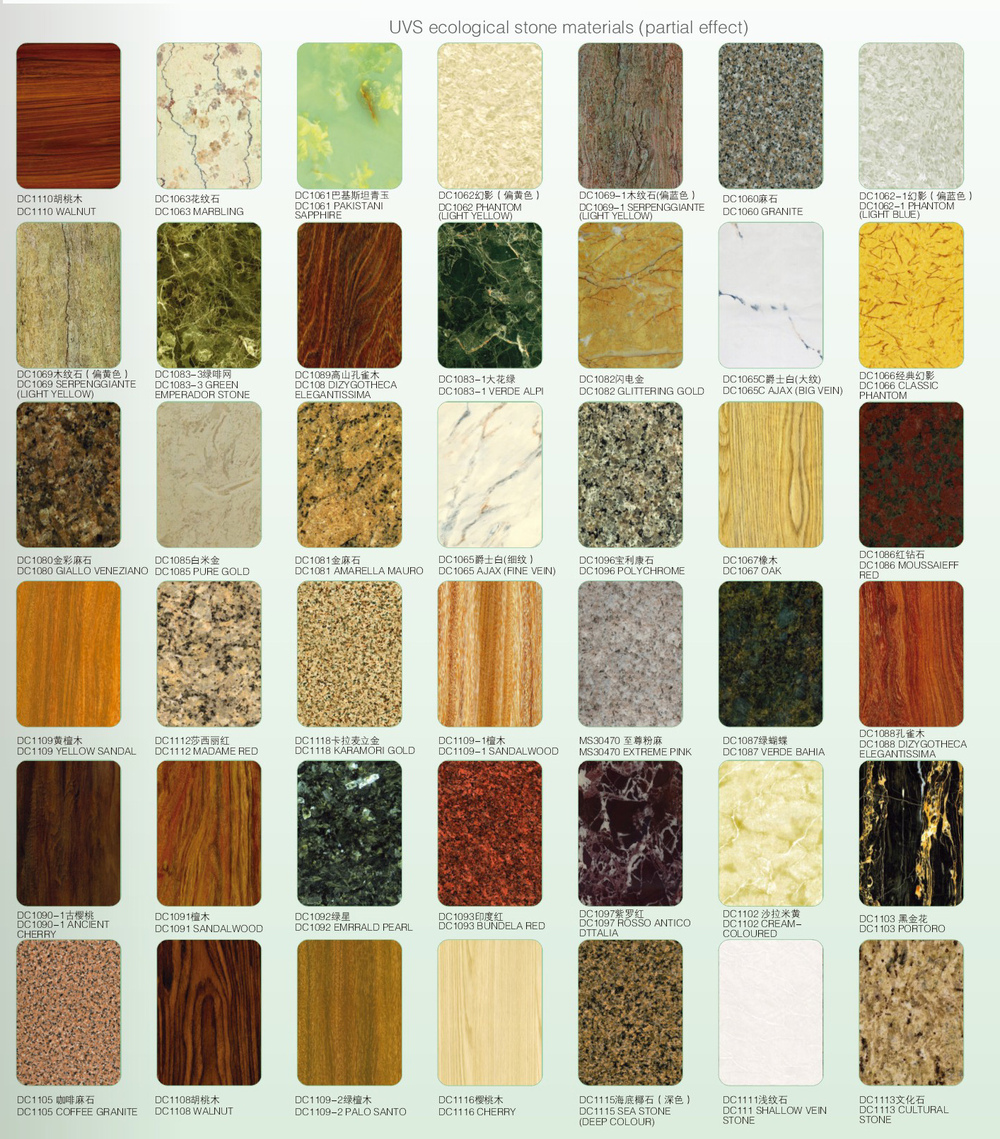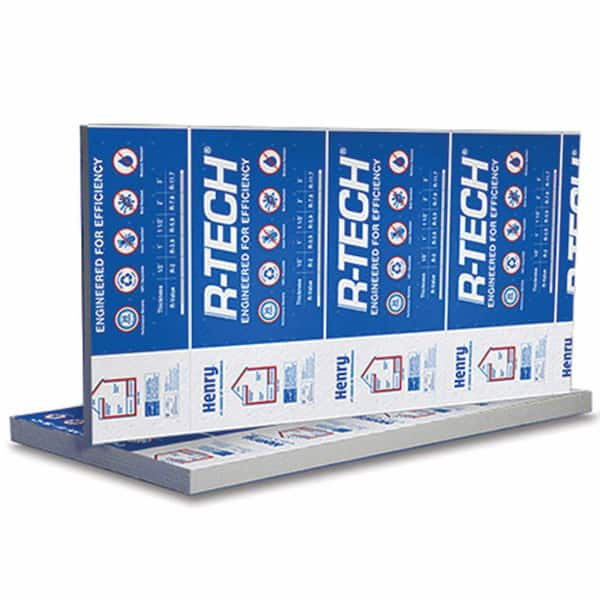When it comes to home improvement projects, insulation may not be the first thing that comes to mind. However, decorative foam board insulation has become a popular choice for homeowners and builders alike. Today, I want to share my insights about this versatile material that not only provides excellent thermal performance but also enhances the aesthetic appeal of your spaces.
What is Decorative Foam Board Insulation?
Decorative foam board insulation, often referred to simply as foam board, is a lightweight insulating material made from polystyrene or polyisocyanurate. It is commonly used in construction and renovation projects due to its energy-efficient properties, moisture resistance, and ease of installation.
Types of Foam Board Insulation
There are several types of foam board insulation available, each serving unique purposes. Here, I’ll cover the primary types:
- Expanded Polystyrene (EPS): Lightweight and cost-effective, EPS is great for general insulation needs.
- Extruded Polystyrene (XPS): Denser and moisture-resistant, XPS is ideal for below-grade applications.
- Polyisocyanurate: Offers the highest R-value per inch and is often used in commercial applications.
Benefits of Using Decorative Foam Board Insulation
Decorative foam board insulation provides numerous advantages in both aesthetics and functionality. Here are some benefits that I’ve personally experienced:
.png)
1. Energy Efficiency
One of the primary reasons to choose foam board insulation is its exceptional R-value, which measures thermal resistance. Higher R-values mean better insulation, leading to lower energy bills.
2. Versatility
Foam boards can be used in various applications, from residential wall insulation to decorative ceiling tiles. They can be painted and finished to complement your home’s aesthetics.

3. Moisture Resistance
Unlike traditional insulation materials, foam board is resistant to moisture, making it an excellent choice for high-humidity areas such as basements and crawlspaces.
4. Lightweight and Easy to Install
Foam board is lightweight compared to other insulation materials, which makes it easy to handle and install. I’ve found cutting and fitting foam boards to be a breeze with just a utility knife.

Applications of Decorative Foam Board Insulation
The applications of decorative foam board insulation are vast and varied. Here are some common uses:
1. Wall Insulation
Foam boards can be installed directly on exterior walls or used as part of a wall assembly to improve energy efficiency.
.jpg)
2. Roof Insulation
Foam board insulation helps to keep your home cooler in summer and warmer in winter, making it ideal for roof applications.
3. Basement Insulation
Installing foam board insulation in basements helps prevent moisture issues and enhances the comfort level of your living space.

4. Decorative Elements
With its ease of cutting and finishing, foam board can be used for various decorative applications, such as moldings and ceiling tiles.
Pros and Cons of Decorative Foam Board Insulation
Before making any decisions, it’s essential to consider both the pros and cons. Here’s a breakdown based on my experiences and research:

| Pros | Cons |
|---|---|
| High thermal resistance (R-value) | Can be more expensive than traditional insulation |
| Moisture resistant | Not as environmentally friendly as some materials |
| Lightweight and easy to install | Can be prone to damage from UV exposure unless coated |
| Variety of decorative options | Limited fire resistance unless treated |
How to Install Decorative Foam Board Insulation
Installing decorative foam board insulation can be a DIY-friendly project. Here’s a step-by-step guide that has worked for me:

Materials Needed
- Foam board insulation
- Utility knife
- Measuring tape
- Adhesive (construction adhesive or foam board adhesive)
- Sealing tape
Installation Steps
- Measure and Cut: Measure the area you want to insulate and cut the foam board to size using a utility knife.
- Prepare the Surface: Ensure the application surface is clean and dry. This step is crucial for proper adhesion.
- Apply Adhesive: Apply adhesive to the back of the foam board or directly on the wall for better bonding.
- Press into Place: Firmly press the foam board onto the prepared surface, making sure there are no gaps.
- Seal Edges: Use sealing tape to cover any seams and edges to enhance insulation effectiveness.
Decorative Finishing Options
Once the insulation is installed, you have various options to enhance its appearance:
1. Paint
Foam board can be painted with latex or acrylic paints. It can be fun to customize the color to match your home’s decor.
2. Wallpaper
Applying wallpaper can add a unique touch and style to the foam board, making it blend seamlessly into the room.
3. Textures
Using texture spray or plaster can give a three-dimensional effect, making the foam board look like a more expensive material.
Comparing Decorative Foam Board to Other Insulation Types
To help you visualize how foam board stacks against other common insulation materials, I have prepared a comparison table:
| Insulation Type | R-Value per Inch | Moisture Resistant | Cost per Square Foot | Ease of Installation |
|---|---|---|---|---|
| Foam Board | 3.8 – 6.5 | Yes | $0.50 – $1.50 | Easy |
| Fiberglass Batt | 2.9 – 4.3 | No | $0.30 – $1.00 | Moderate |
| Spray Foam | 5.0 – 6.5 | Yes | $1.00 – $3.00 | Complex |
Frequently Asked Questions (FAQs)
1. Is foam board insulation suitable for exterior use?
Yes, foam board insulation is suitable for exterior applications. It provides excellent insulation and moisture resistance, making it ideal for outdoor use.
2. Can foam board insulation be recycled?
Most foam board insulation is not recyclable. However, some manufacturers are beginning to develop recyclable options. Always check local regulations before disposal.
3. How does foam board insulation compare with spray foam insulation?
Foam board insulation is generally less expensive and easier to install than spray foam. However, spray foam offers better air sealing and R-value, making it suitable for more complex insulation needs.
4. Can I use foam board insulation for soundproofing?
While foam board insulation can help reduce sound transmission, it’s not as effective as dedicated soundproofing materials. However, it can be a part of a broader soundproofing strategy.
Conclusion
Decorative foam board insulation is an exceptional choice for anyone looking to improve their home’s energy efficiency while adding aesthetics to their interiors. Its versatility, ease of installation, and variety of decorative options make it a favorite among DIY enthusiasts and professional builders alike. Based on my experiences, I can confidently say that incorporating foam board insulation into your project can yield both functional and aesthetic benefits.
Now that you know more about decorative foam board insulation, I encourage you to consider it for your next home improvement project. Remember, a well-insulated home is not only comfortable but also cost-effective!